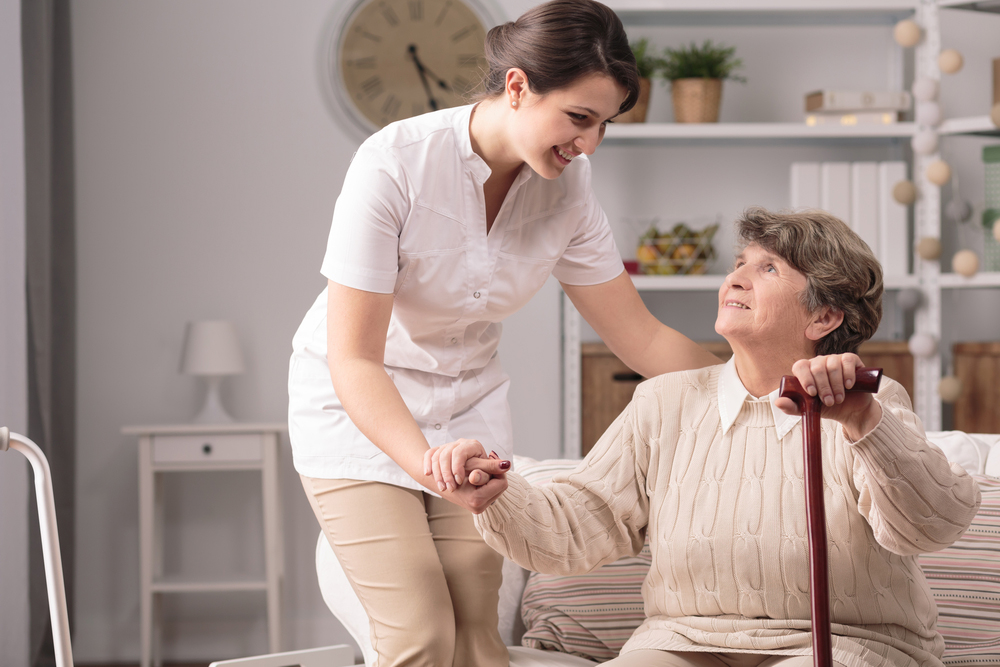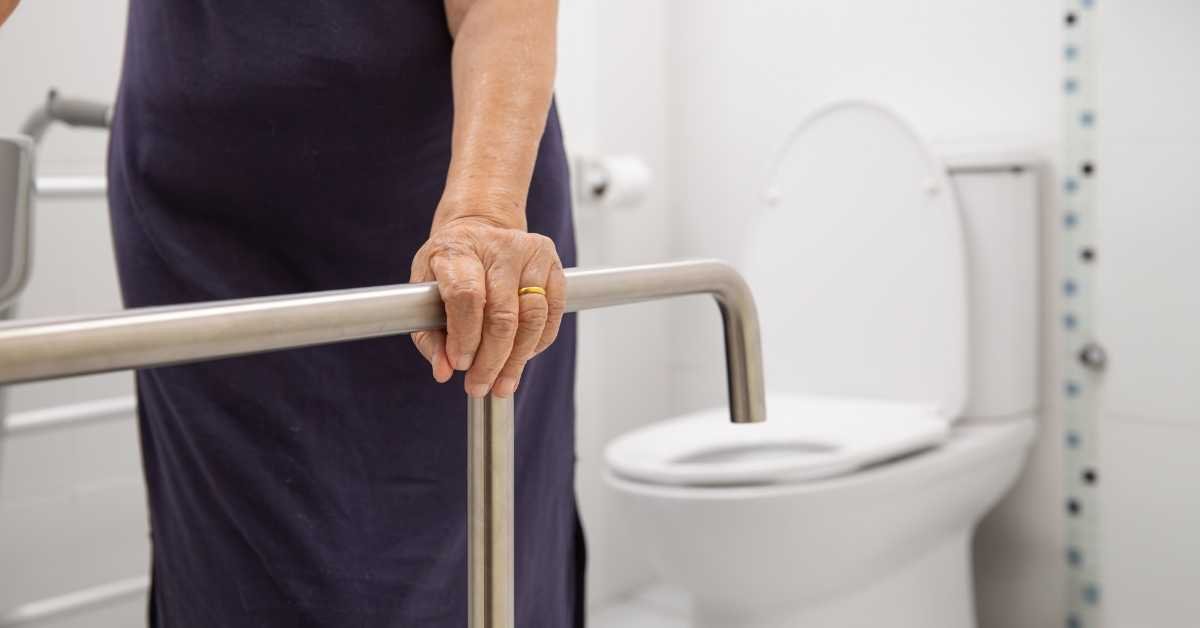Ensuring the safety of our elderly loved ones is of utmost importance. As individuals age, the risk of falls increases, leading to potential injuries. Fall alert systems for elderly play a crucial role in safeguarding seniors by providing immediate assistance in the event of a fall.

What Are Fall Alert Systems?
Fall alert systems are devices designed to detect falls and alert caregivers or emergency services. These systems often include wearable devices like pendants or wristbands that contain sensors to detect sudden movements or impacts.
Why Are They Important?
The significance of fall alert systems for elderly cannot be overstated. They provide peace of mind to both seniors and their families, knowing that help is just a button press away in case of an emergency.
Reducing Response Time
One of the primary advantages of these systems is the reduction in response time. In the event of a fall, immediate assistance can be dispatched, potentially preventing serious injuries.
Promoting Independence
Fall alert systems enable seniors to maintain a level of independence, knowing they have a safety net in place. This independence is crucial for their mental health and overall well-being.
Types of Fall Alert Systems
There are various types of fall alert systems available, each with its unique features and benefits.
Wearable Devices
Wearable devices are the most common type of fall alert systems. These include pendants and wristbands equipped with motion sensors to detect falls.
Smart Home Systems
Some fall alert systems integrate with smart home technology. These systems can include motion sensors and cameras to monitor an individual’s movements throughout their home.
Mobile Apps
Mobile apps are another option for fall alert systems. These apps can be installed on smartphones and offer features like GPS tracking and emergency contacts.
Key Features to Consider
When selecting a fall alert system, it’s essential to consider several key features to ensure it meets your needs.
Automatic Fall Detection
Many systems offer automatic fall detection, which triggers an alert if a fall is detected, even if the individual cannot press the button.
Two-Way Communication
Two-way communication allows the individual to speak directly with a monitoring center, providing reassurance and immediate assistance.
GPS Tracking
GPS tracking is crucial for seniors who spend time outside their homes. It enables caregivers to locate them quickly in case of an emergency.
Choosing the Right System
Selecting the appropriate fall alert system involves evaluating various factors, including the individual’s lifestyle, preferences, and specific needs.
Assessing Individual Needs
Consider the senior’s daily activities, mobility, and any existing medical conditions when choosing a system.
Cost Considerations
Cost is a significant factor in the decision-making process. It’s essential to balance affordability with the features offered.
Ease of Use
The system should be user-friendly, ensuring that the elderly individual can operate it without difficulty.
Installing and Maintaining Fall Alert Systems
Proper installation and maintenance are crucial to ensure the effectiveness of fall alert systems.
Installation Tips
Follow the manufacturer’s instructions for installation to ensure the system functions correctly.
Regular Testing
Regular testing of the system is essential to ensure it’s working correctly and providing the necessary protection.
Battery Maintenance
Ensure batteries are replaced or recharged as needed to keep the system operational.
Integrating Fall Alert Systems with Home Safety
For comprehensive safety, consider integrating fall alert systems with other home safety measures.
Organizing the home for safety, as discussed in organizing elderly home for safety, can significantly reduce the risk of falls. Additionally, implementing preventing falls from bed measures can offer extra safety during nighttime.

FAQs
What is the best fall alert system for seniors?
The best system depends on individual needs. Consider factors like automatic fall detection, GPS tracking, and ease of use.
Do fall alert systems require a monthly fee?
Many systems do require a monthly monitoring fee. It’s important to compare costs and services before making a decision.
Can fall alert systems be used outside the home?
Yes, many systems include GPS tracking, allowing them to be used outside the home for added safety.
For additional safety tips, visit the National Council on Aging’s guide on avoiding falls at home.
This article contains affiliate links. We may earn a commission at no extra cost to you.






